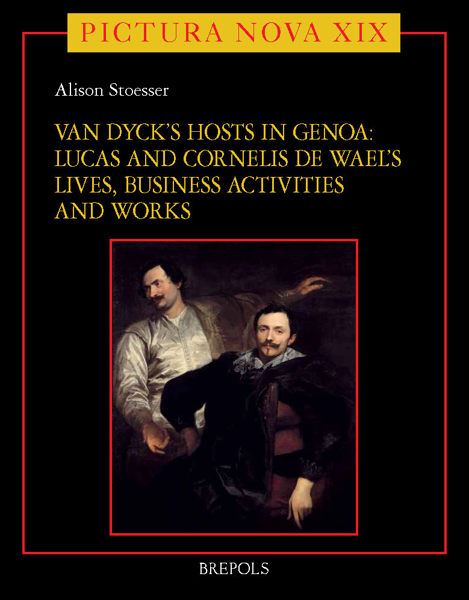
- Pages: vii + 458 p.
- Size:216 x 280 mm
- Illustrations:2 b/w, 122 col., 1 tables b/w., 7 maps color
- Language(s):English
- Publication Year:2025
- € 150,00 EXCL. VAT RETAIL PRICE
- ISBN: 978-2-503-61839-5
- Hardback
- Available
This study provides new interpretations for civic group portraits in Bruges and demonstrates their richness as both cultural heritage and historical sources.
Erik Muls (1947) was a professor of medicine (1986–2012) at the University of Leuven, Belgium, where he has obtained M.D. (1971) and Ph.D. in biomedical sciences (1985) degrees. He was head of the Department of Endocrinology at St.-John’s Hospital, Bruges and at the University Hospitals, Leuven. Erik Muls has received a BA (2014) and a MA (2015) in art history at the University of Leuven, where he also obtained his Ph.D. degree in art history (2023) with a dissertation on civic group portraits in Bruges.
The patrons of civic group portraits were corporate organisations such as confraternities, craft and militia guilds, charitable institutions, and administrative bodies. Up until now, the painted civic group has been primarily seen as a product of the Dutch Republic. While the genre may have been exceptionally important in the Northern Low Countries, the present study shows that such paintings were also fundamental in the South, with Bruges playing a central role. From the late fifteenth century until 1800, both the urban elite and the artisan classes of Bruges commissioned institutional group portraits, and the forms that those artworks took responded to local conditions and needs. The patrons’ self-representation in these works was meant to emphasize the internal cohesion and solidarity within their group, and to reinforce that group’s social status in the urban community. In looking carefully at these contexts, this research project has provided new interpretations for civic group portraits and has demonstrated their richness as both cultural heritage and historical sources. The Bruges works, however, represent just a portion of those produced in the Southern Netherlands during the early modern era. The author provides an updated inventory of 190 civic group portraits that he has been able to trace for the Southern Netherlands. All of these works, moreover, need to be set in a broader European context, as civic group portraits are also recorded in Venice, Paris, and England, and were likely produced elsewhere as well. Future researchers will be able to expand our understanding of the genre as a European phenomenon, continuing to reveal the significance of these remarkable artworks and use them to gain deeper insights into the past.
Preface
Bruges: An Urban History
Chapter 1: Design and Methodology
Chapter 2: Early Civic Group Portraits in Bruges, Before 1560
Chapter 3: Civic Group Portraits in Bruges, c. 1560–1650
Chapter 4: Civic Group Portraits in Bruges, 1650–1800
Chapter 5: Civic Group Portraits from Bruges in a Southern Low Countries Context, 1450–1800: A status quaestionis
Conclusion
Addendum: Civic Group Portraits in the Southern Netherlands, 1450–1800
Notes
List of Illustrations
Illustrations
Photo Credits
Bibliography
Index




